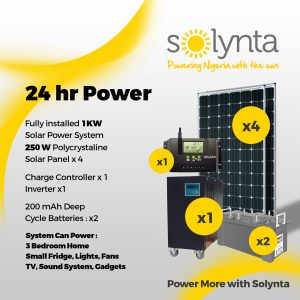How Effective Passive Solar Design is in Generating Energy

How a Solar Panel was Built and folded as Paper
2018-01-26
How Solar Greenhouses Contribute not only Power,but Warmth as well
2018-01-28What is Passive Solar?
It collects the heat as the sun shines through windows(facing the south) and retains it in thermal mass(materials that store heat). The share of the home’s heating load that the passive solar design can meet is called the passive solar fraction, and depends on the coverage of glazing and the amount of thermal mass. The best ratio of thermal mass to glazing varies by climate. Well-designed passive solar homes also provide daylight all year and comfort during the cooling season through the use of nighttime ventilation.

For good performance on the designs,the following measures blow must be ensured:
A.Well placed windows: Most windows or appliances that receive solar energy should face within 30 degrees of true south and should not be shaded during the heating season by buildings or trees from 9 a.m. to 3 p.m. each day.
B.Thermal mass. Thermal mass in a passive solar home — mostly made of concrete, brick, stone, and tile — absorbs heat from sunlight during the heating season and absorbs heat from warm air in the house during the cooling season. In well-insulated homes in moderate climates, the thermal mass inherent in home furnishings and drywall may be sufficient, eliminating the need for additional thermal storage materials. Make sure that objects do not block sunlight on thermal mass materials.
C.Distribution mechanisms. Solar heat is moved from it’s collection point and stored at different locations of the house through conduction, convection, and radiation. In some homes, small fans and blowers help distribute heat. Conduction occurs when heat moves between two objects that are in direct contact with each other, such as when a sun-heated floor warms your bare feet. Convection is heat transfer through a fluid such as air or water, and passive solar homes often use convection to move air from warmer areas — a sunspace, for example — into the rest of the house. Radiation is what you feel when you stand next to a wood stove or a sunny window and feel its warmth on your skin. Darker colors absorb more heat than lighter colors, and are a better choice for thermal mass in passive solar homes.
B.,Control strategies. Properly sized roof overhangs can provide shade to vertical south windows during summer months. Other control approaches include electronic sensing devices, such as a differential thermostat that signals a fan to turn on; operable vents and dampers that allow or restrict heat flow; low-emissivity blinds; operable insulating shutters; and awnings.




